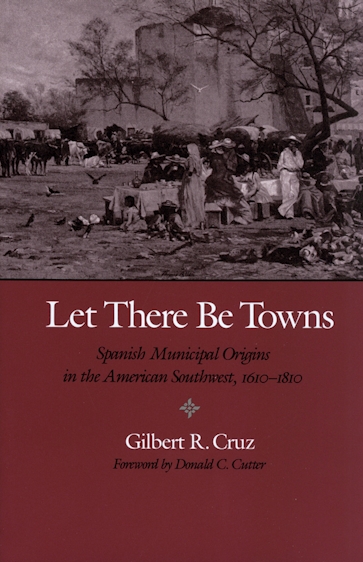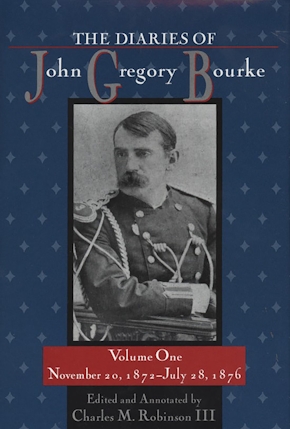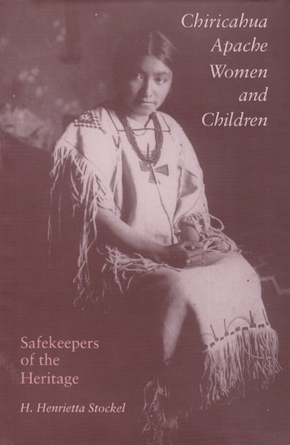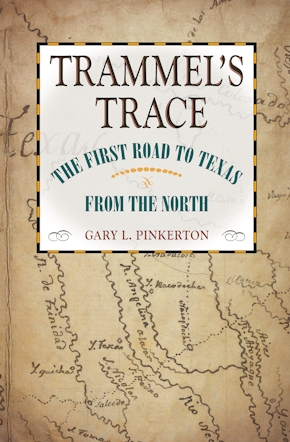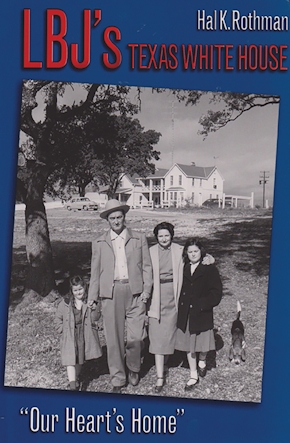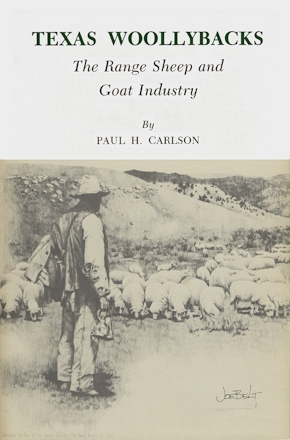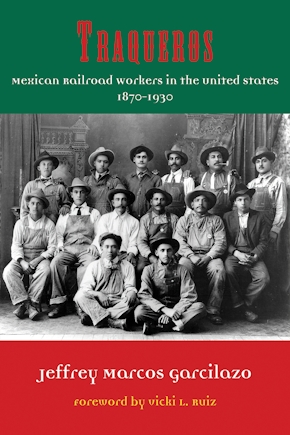Let There Be Towns
Spanish Municipal Origins in the American Southwest, 1610-1810
978-0-89096-677-8 Paperback
6 x 9 x 0 in
256 pp. 6 line drawings., 17 illus., 8 maps.
Pub Date: 08/01/1996
Available
BUY NOW
- Paperback $24.95
Town councils, or cabildos, brought to the northern frontier a high degree of law and order, patterns of local government, a rough democracy, and the principle of justice based on rule of law. The towns populated the Borderlands, introduced industry, and contributed to the economy and defense of Hispanic territories.
Let There Be Towns presents the origins and contributions of six of the early settlements of New Spain—San Antonio and Laredo in Spanish Texas, Santa Fe and El Paso in Nuevo Mexico, and San Jose and Los Angeles in Alta California. In Let There Be Towns, Gilbert R. Cruz carefully assesses their importance as part of the Spanish government's policy for implanting in North America the linguistic, social, religious, and political values of the crown.
Ten years of archival study, as well as travel through Spain and Mexico researching the origins of colonial towns in parent institutions, have led the author to the provocative conclusion that town settlements and their civil governments were even more important than the more glamorous missions and presidios in establishing Spanish dominion over the northern Borderlands.
About the Author
Published by Texas A&M University Press
